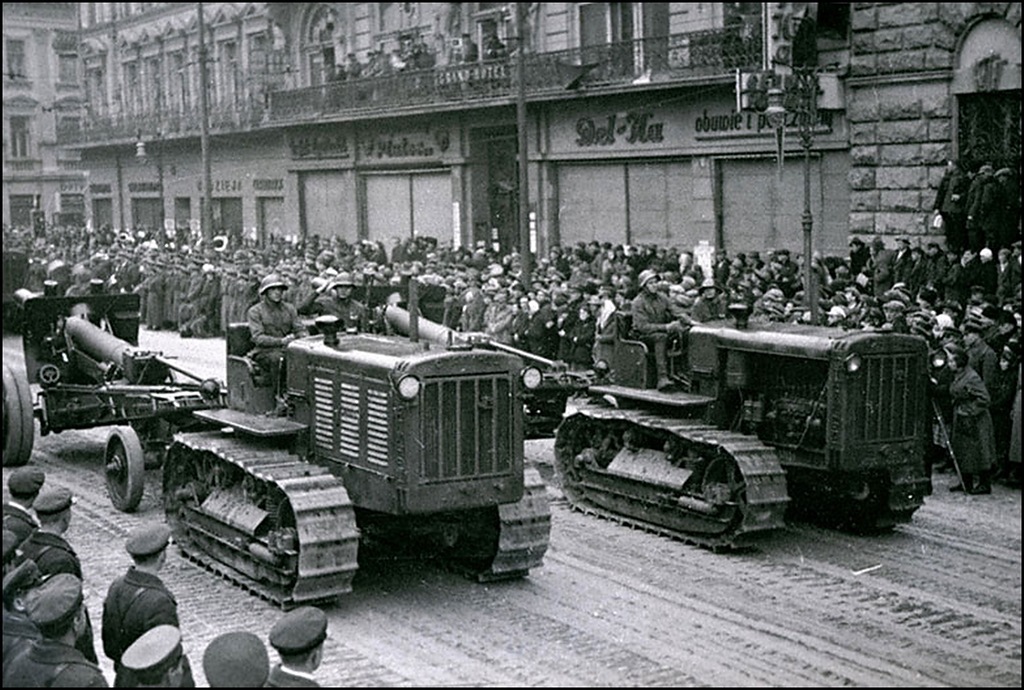The Birth of Soviet Lviv. The Life of the Sovietized City, 1944-1949
Damian Markowski
University of WarsawOctober 29, 2012
Library, Center for Urban History
The occupation of Eastern Galicia by the Red Army in the summer of 1944 brought about the renewed establishment of Soviet power structures in the territory of the former Southeastern Voivodeships of the Second Polish Republic (Tarnopol, Stanislaw, and partly Lwow). Stalin’s policy – a modified continuation of the work of the governments of 1939-1941 – has left a special imprint on Lviv, the region’s capital, for which the Soviet authorities had special plans. These had to do with implementing a number of social engineering measures, executed with the use of all the mechanisms of the totalitarian power machine that the Soviet Union had already tested on its citizens. Lviv was supposed to become a Soviet city in the full meaning of the word. The change in the city’s character – from an old center of the bourgeoisie to a "modern" industrialized hub with new social fabric – was one of the factors that influenced decision-making at the nodes of Soviet authority.
The scholar presented the most important aspects of Lviv’s Sovietization in 1940-1949. The presentation discussed the formation of the new city elites, the education of youth, the anti-religious campaign, the formation of "the new man," etc. Examples were provided to demonstrate the internal pathologies of the Soviet power system, illustrate attempts by parts of the intelligentsia to join, and discuss attempts to rebuild city life according to Socialist ideas of how an urban system works.
Damian Markowski
a doctoral student at the Institute for Twentieth Century History of the University of Warsaw, under Prof. Romuald Turkowski, and Prof. Pawel Wieczorkiewicz. He is working on a dissertation, entitled “The Sovietization of Eastern Galicia in 1944-1953.” He is member of the Council for the Preservation of Memory of Battles and Martyrdom, has participated in events to commemorate civilian victims (Polish and Ukrainians) of the Polish-Ukrainian conflict of 1943-1947, and attempts to find victims of the shootings, whose names are are on the so-called Ukrainian Katyn List. He is the author of Płonące Kresy. Operacja “Burza” na ziemiach wschodnich II Rzeczypospolitej (The Burning Kresy. Operation “Tempest” in the Eastern Lands of the Second Polish Republic,Warsaw, 2008, 2011), as well as popular and scholarly arcticles on the history of Eastern Galicia, and the Carpathians.
Credits
Сover Image: Soviet heavy artillery on the streets of Lviv, 1939 / Dzerkalo tyzhnya
